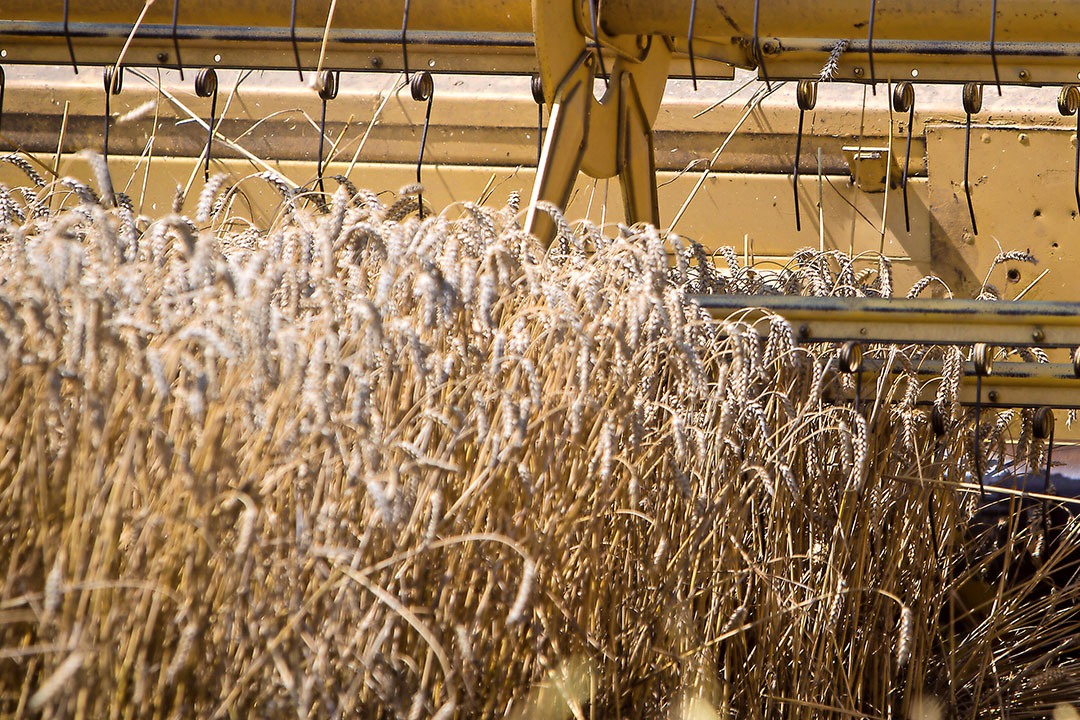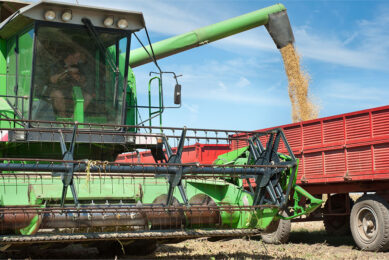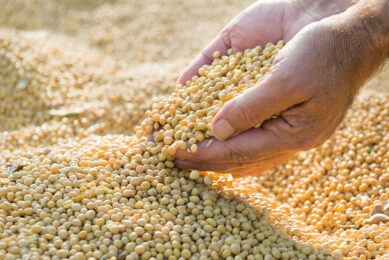Harvest prospects determine the grain market

The grain market is still very much driven by the weather.
Wheat has a declining supply on the physical market. Sowing has been hindered here and there for the coming season 2020-21. The availability of maize, at the moment, is reasonably good, however there is still some harvest pressure.
Last week, the wheat and corn futures markets saw movement mainly in Chicago. The contracts for December 2020 started the week with a small plus, after which prices peaked on Wednesday, September 30. Maize became even more expensive, but finally closed 4% above the value of the previous week on Friday, October 2. For wheat, the contract price closed by more than 5% for December 2020, approaching the high level of Friday 18 September. Monday, October 5, the week started with green figures for both contracts, mainly wheat. The prices of the first expiring contracts also rose somewhat in Paris on Wednesday 30 September.
Wheat: Some rainfall but drought remains an issue
Regarding the wheat market, Australia and Argentina remain uncertain factors in terms of harvest prospects, according to the Netherlands Enterprise Agency (RVO.nl). The BAGE grain exchange (Buenos Aires Grain Exchange) forecast the wheat harvest in Argentina at 17.5 million tons. That is 4 million tons less than the previous estimate. It is 1.3 million tonnes less than in 2019. In addition, there are still less favourable conditions in the Northern Hemisphere for sowing the 2020/‘21 harvest, despite some recent rainfall in parts of Europe, Ukraine and the United States . In Russia, especially the south, but also in Ukraine, drought remains a major problem.
![]() Futures market
Futures market
Overview of futures prices for: corn, wheat and soybean
Maize prices
Maize prices are now being influenced by an increasing supply, namely seasonal harvest pressure. Concerns about a downturn in the economy due to the revival of Covid-19 are depressing prices for both wheat and corn.
British wheat supply
The wheat market in the United Kingdom is a different story. According to reports from the (British) agricultural-economic site Agrimoney, the UK has to contend with a disappointing wheat availability. The harvest is not going smoothly enough and what has been harvested must be dried or treated to get it in the right condition. This is noticeable on both the futures market and the physical market. At 2.4 million tonnes, the final stock of the 2019 harvest is one million tonnes smaller than estimated in May. The 2019 harvest was overestimated and consumption as feed was underestimated, Agrimoney reports. Import will be necessary, while the developments around Brexit and the negotiating position relative to the EU are extremely uncertain. It has not escaped the growers’ notice that the British wheat supply is currently being oppressed and this will continue in the longterm, thus they are holding on to their grain.











